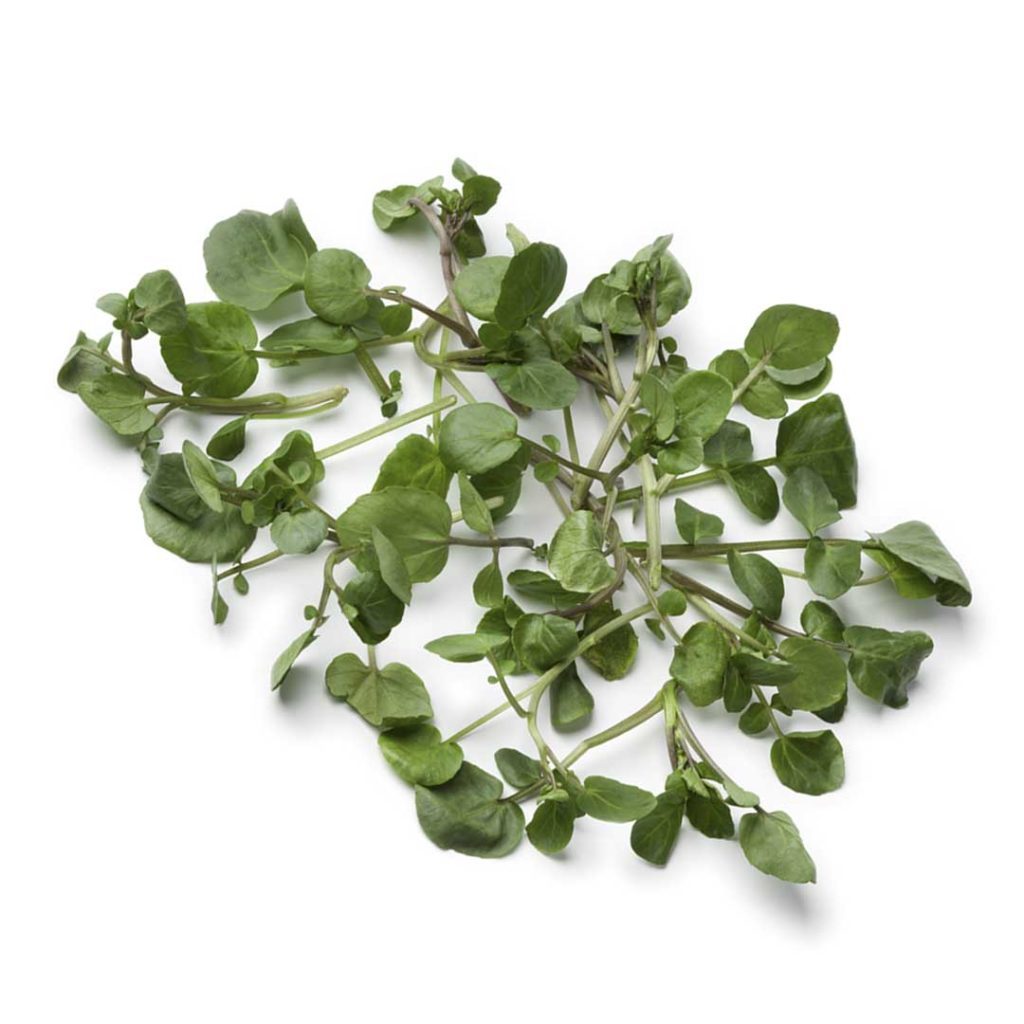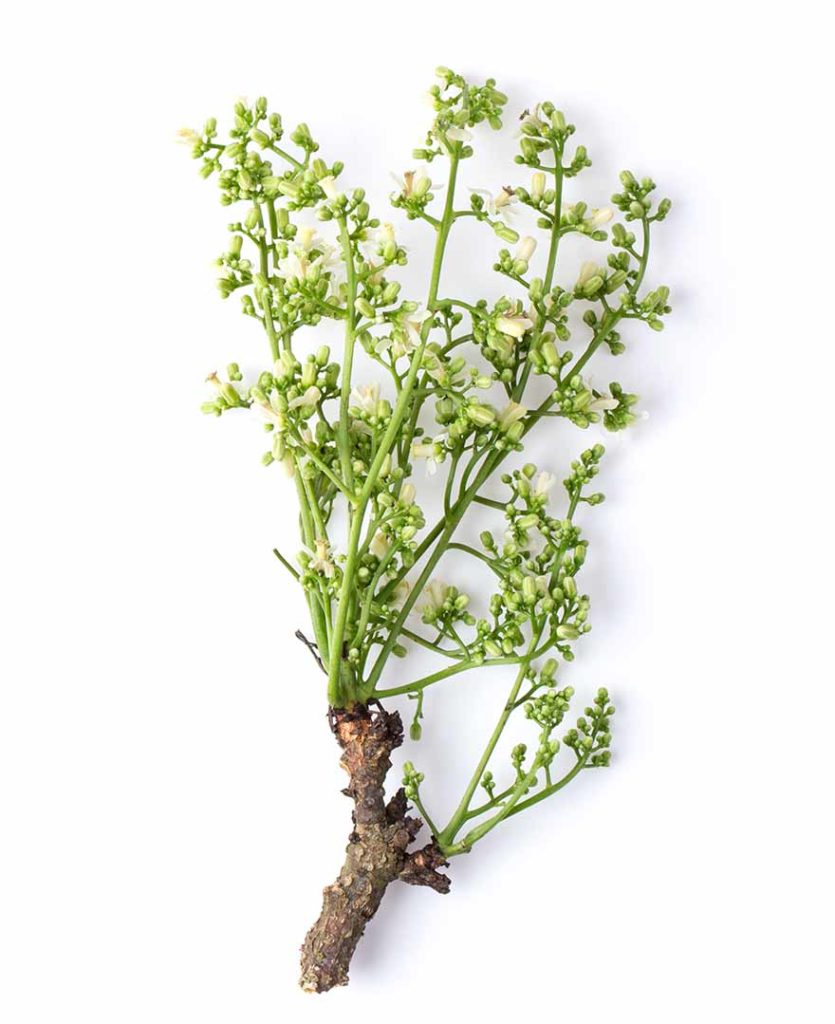Skin & Hair Glossary of ingredients & terms. Defining how to use hair & skin ingredients for best results. Updated regularly.
A | B | C | D | E | F | G | H | I | J | K | L | M
N | O | P | Q | R | S | T | U | V |W| X | Y | Z
N
-

Nasturtium Officinale
Nasturtium Officinale Seed Oil, Nasturtium Officinale Oil
- Nasturtium Officinale is Watercress. A groundbreaking skincare study showed Watercress uniquely promotes Collagen III in the dermal cells of the papillary dermis skin layer. [1] This makes skin smoother, resilient, youthful, and elastic. Watercress is also an antioxidant full Vitamins A, C, E, K, and Copper. [2] Copper restores skin elastin. Elastin gives skin its’ youthful bounce and the ability to spring back. Copper also encourages healthy hair follicles. The Vitamin K in Watercress can reduce brown and blue-tinged under-eye dark circles caused by leaking capillaries. Watercress also contains Vitamins A and C to fight free radicals.
- Neem Oil
- Neem Seed Oil is particularly effective on healing sun damage and restoring moisture. It deeply penetrates the skin to enhance elasticity, smooth wrinkles, and stimulate collagen production.
On hair, Neem removes sebum, dandruff, dry skin flakes, and eczema that can all impair hair growth. It promotes hair growth by improving scalp health, providing a soothing, protective barrier. It also makes hair soft. Neem has an odor, it is far less noticeable within a product than when used alone.

Neem
- Neutral Protein Filler
- Neutral Protein Filler is a concentrated wheat protein liquid added to hair dye mixes to compensate for porous hair or hair that has been recently color corrected. Commonly used in DIY hair coloring and manufactured dyes to obtain even saturation results. Neutral Protein Filler can also be used as a diluted protein treatment for severely damaged hair too compromised to re-color.
- Niacinamide, nicotinamide
- Niacinamide is a Vitamin B3 derivative. Gentler than Retinol, research shows Niacinamide addresses many skin issues. It is a very good addition to an anti-aging regimen because it promotes collagen, addresses a loss of elasticity and reduces redness. It fades acne scars and brightens the skin. [3] It reduces the inflammation of rosacea and other inflammatory skin conditions [4] An effective brightening and lightening tool all own its’ own, when paired with Vitamin K results in brighter and firmer skin. It decreases sebum production, [5] fine lines and enlarged pores. It inhibits melanin production in hyperpigmentation. [6] Niacinamide reduces the impact of environmental damage because it improves skin’s barrier and Ceramide levels [7].
- Nitric Oxide
- Nitric oxide is a new anti-inflammatory and antimicrobial that reduces sebum. [8] It reduces Propioni bacterium acnes, a key bacteria of acne formation [9]. Unlike chemical antibiotics, the body doesn’t build a Nitric Oxide resistance. It remains effective for long-term acne treatment. [10] Studies show Nitric Oxide is gentler than Retinol for treating acne. [11] Nitric Oxide works from the bottom of a pimple upwards. This treats even deep cystic acne without excess surface irritation. Read more about acne treatment applications with Nitric Oxide.
- Non-Comedogenic
- Non-comedogenic is when an ingredient or product is unlikely to clog pores and create a whitehead or blackhead.
REFERENCES
- “Shiseido Succeeds in Visualization of Internal Skin Elasticity “Decrease of Type III Collagen Involved in Age-Dependent Degradation in Skin Elasticity.” Shiseido, Shiseido, Apr. 2018, corp.shiseido.com/en/newsimg/2423_c3b40_en.pdf.
- A.A, Abdulghani &A, Sherr & S, Shirin & G, Solodkina & Morales Tapia, E & B, Wolf & A.B, Gottlieb. (1998). “Effects of topical creams containing vitamin C, a copper-binding peptide cream and melatonin compared with tretinoin on the ultrastructure of normal skin“ A pilot clinical, histologic, and ultrastructural study. Disease Management and Clinical Outcomes. 1. 136-141. 10.1016/S1088-3371(98)00011-4.
- Levin, Jacquelyn, and Saira B Momin. “How much do we really know about our favorite cosmeceutical ingredients?” The Journal of clinical and aesthetic dermatology vol. 3,2 (2010): 22-41
- Niren NM, Pharmacologic doses of nicotinamide in the treatment of inflammatory skin conditions: a review. Cutis. 2006 Jan;77(1 Suppl):11-6.
- Zoe Diana Draelos, Akira Matsubara & Kenneth Smiles (2006) The effect of 2% niacinamide on facial sebum production, Journal of Cosmetic and Laser Therapy, 8:2, 96-101,
- Josefina Navarrete-Sol,1 “A Double-Blind, Randomized Clinical Trial of Niacinamide 4% versus Hydroquinone 4% in the Treatment of Melasma”, Clinical Study Volume 2011 |Article ID 379173
- Tanno, O. , et al “Nicotinamide increases biosynthesis of ceramides as well as other stratum corneum lipids to improve the epidermal permeability barrier.” Br J Dermatol.2000 Sep;143(3):524-31.
- Ghaffari, A.; Miller, C. C.; McMullin, B.; Ghahary, A. Potential application of gaseous nitric oxide as a topical antimicrobial agent. Nitric Oxide. Volume 14, Issue 1, 2006, Pages 21-29
- Qin, M.; et al. Nitric oxide releasing nanoparticles prevent Propionibacterium acnes-induced inflammation by both clearing the organism and inhibiting microbial stimulation of the innate immune Response, The Society for Investigative Dermatology
- Ibid
- Del Rosso, J; Kircik, L. Spotlight on the Use of Nitric Oxide in Dermatology, Journal of Drugs in Dermatology